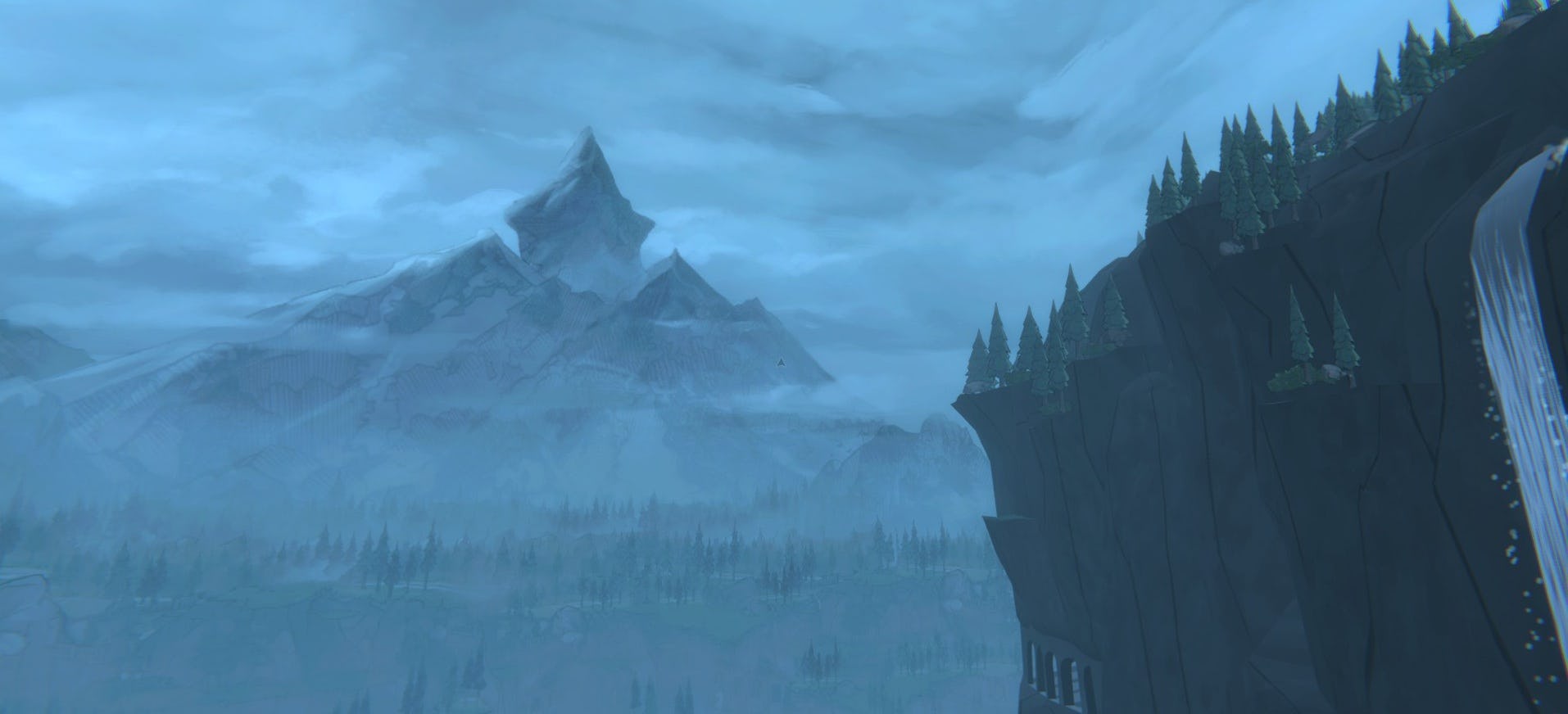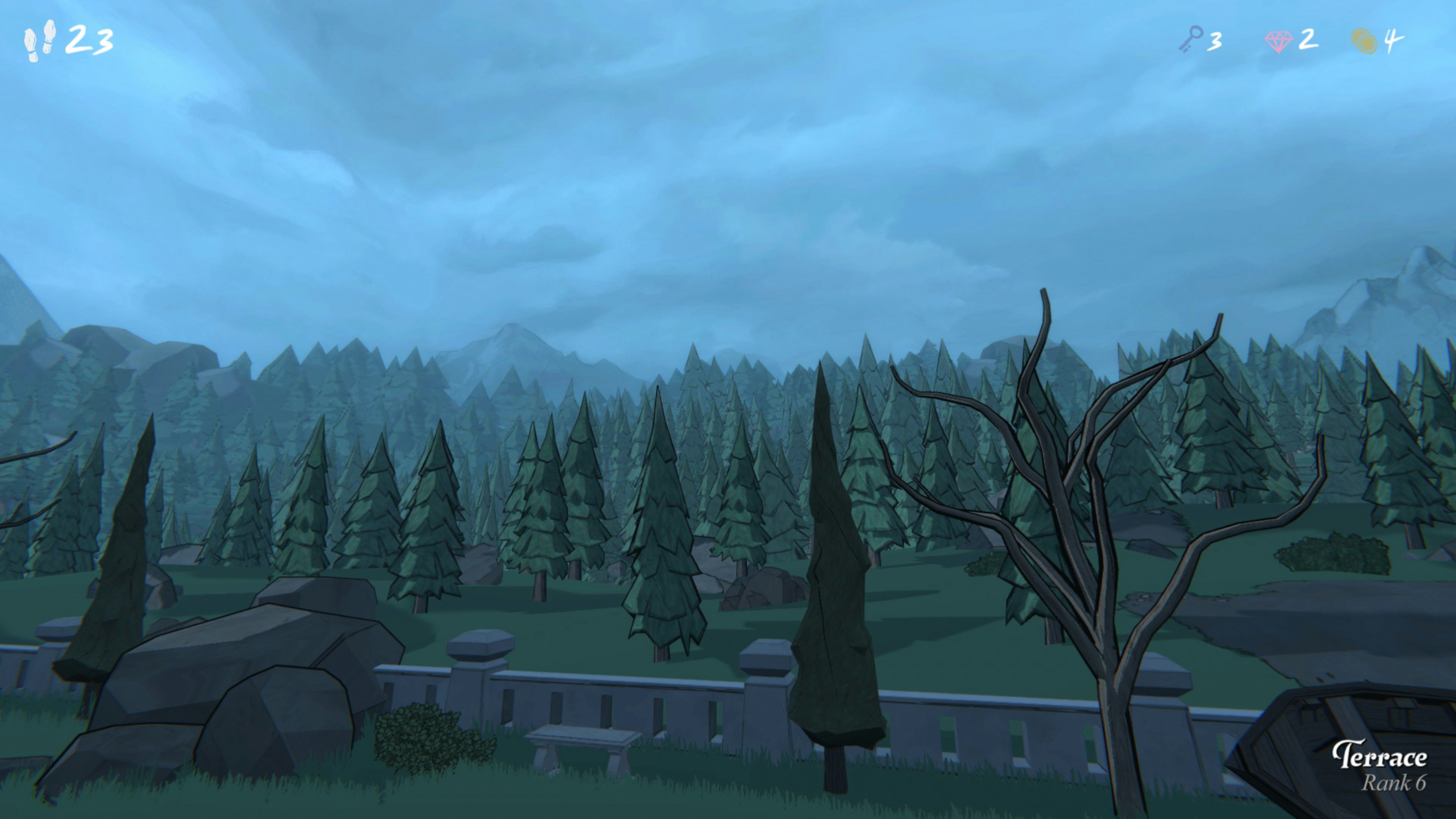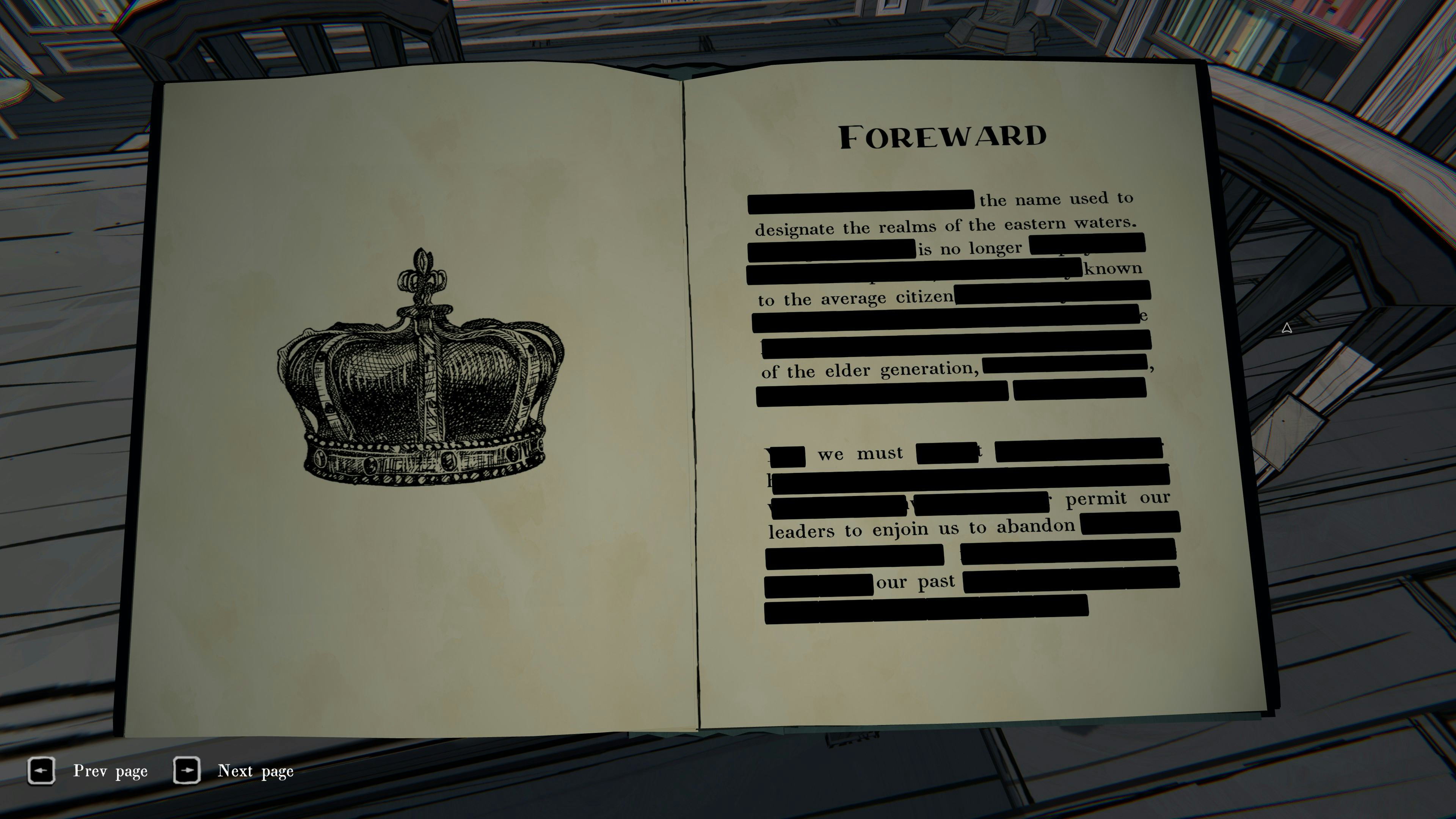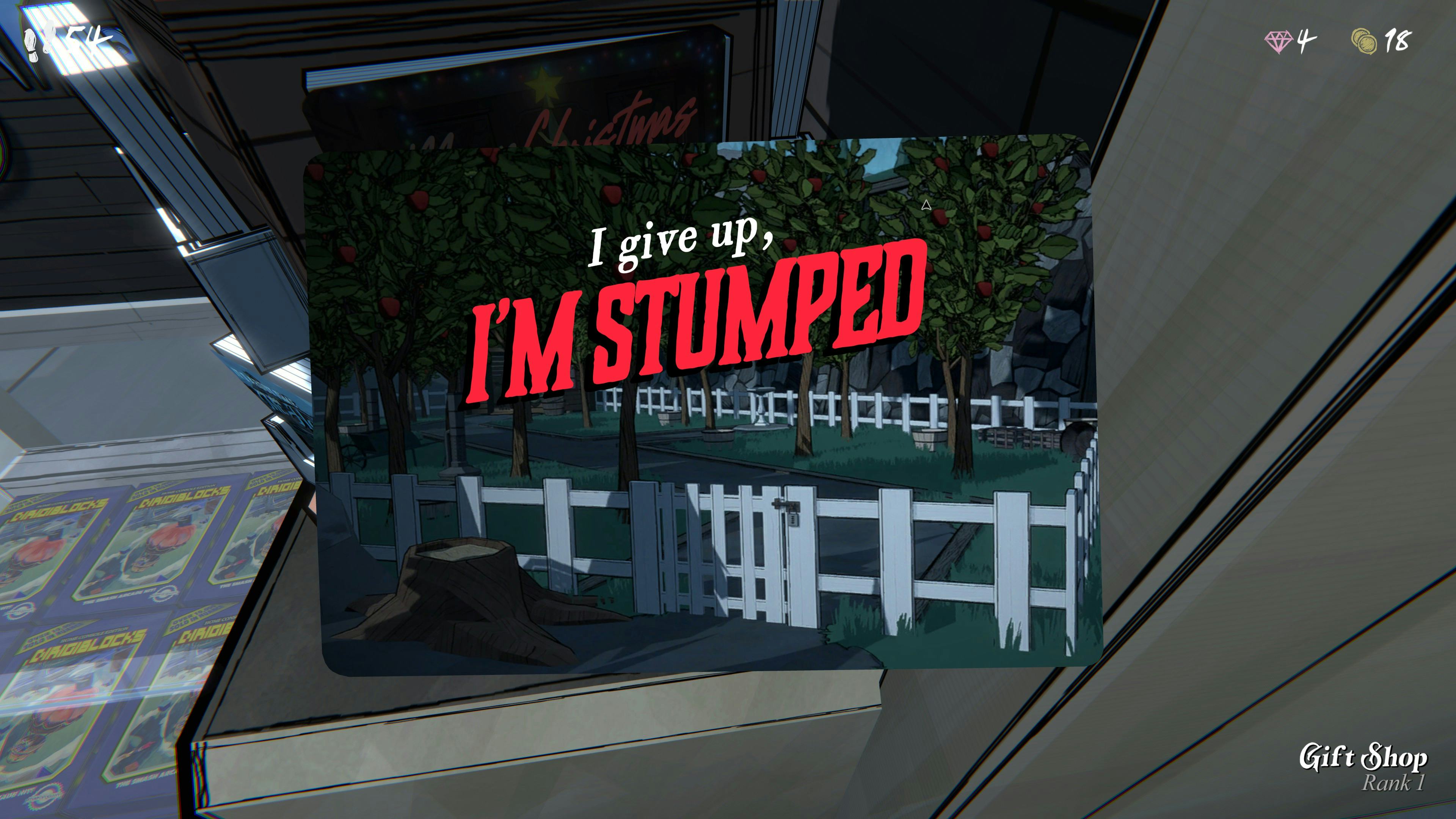
Days after beating Blue Prince, I am still playing. I have a few final mysteries to uncover, within and without the confines of the ever-changing blueprints. The puzzle strategy game asks its players to pay a lot of attention, as every corner could hold a key or some sort of clue not to be overlooked. This week, it finally arrives on PlayStation Plus and Xbox Game Pass, and releases on PC and console for everyone else.
It has been an eight-year development process for game designer Tonda Ros, who originally came from the world of film. Ros had worked in Los Angeles for years, ending up making commercials for places like Pepsi, according to his website. The films he made, though they appeared in festivals, did not receive many written reviews, he tells Inverse. Ironically, he says, he found that securing funding for a video game was easier than raising capital for a short film. People think it’s harder to make a video game, so it’s more intimidating, he says. So in the sea of creative projects, that’s how he ended up standing out — teaching himself how to engineer a prototype over the course of years, and later hiring collaborators. In time, that prototype drew attention, even from one of Ros’ childhood heroes, a children’s book author named Christopher Manson.
“Unlike a script that has limitations, you can show what this final project will be like in a game,” Ros says. “You can, on your own, build a pretty big and robust prototype. It’d be the equivalent of, if in pitching a movie, you also did all the VFX graphics as well.”
Ros sits down with Inverse to chat about the craft and thought that went into making his childhood dreams come to life.
Blue Prince’s Inspirations

At first glance, the unassuming doors remind me of the Chronicles of Narnia, in which the children climb into a wardrobe and find a magical land. Ros jokes that this time around in Blue Prince, you may just draft a closet — a dead-end — and the closet’s a closet. Ros says he was largely inspired by the 1984 choose-your-own-adventure book called Maze by Christopher Manson that made a huge impression on him as a child. In the book, you can choose doors and other numbered structures, and then flip to the corresponding page number to continue the story. Your goal is to make it to room 45 with a limited number of footsteps — an aim that Blue Prince remixes and expands on.
“It’s a choose-your-own-adventure but as illustrated architecture,” Ros says. “In a lot of ways, I feel this was a direct predecessor of those first-person adventure games before computers had the graphical fidelity to do anything.”
“This is ultimately a game about people making assumptions, and having expectations, and finding out over time that their assumptions are wrong, and then their expectations are surpassed.”
The difficult puzzle book’s publisher held a contest with a $10,000 prize if anyone could solve it, back in 1985. It appears no one did fully solve all of Maze’s mysteries, but 12 people who came close split the winnings. In the years since, an online community that follows all things Maze closely has sprung up, and Ros was able to get in touch with Christopher Manson through them and have the illustrator contribute four original works of art to the game. The pieces of art include surrealist imagery, and are perhaps equally as confounding as Manson’s most famous works to interpret. Manson’s art also informs the mood and atmosphere of Blue Prince — an unsettling eeriness that’s not outright scary.

Double entendre
Eight years ago, Ros had originally intended on naming the game “Bequest,” which itself is a bit of wordplay. But a Steam horror game with the same name and a similar point-and-click mechanic was released in 2017, forcing him to pivot and find a new name.
“I almost considered, ‘Should I shelve the entire project?’ That’s how important titles are to me,” Ros says. “So I knew if I was going to come up with a new title, it would need to mean more.”
It took the filmmaker-turned-game designer about eight months of deliberate thinking, he says, to come up with a better title.
“This is ultimately a game about people making assumptions, and having expectations, and finding out over time that their assumptions are wrong, and then their expectations are surpassed,” Ros says.
Blue Prince, in effect, works as a double entendre — it is a pun for “blueprints” for one, but as players explore further down the rabbit hole, they’ll uncover more and more meanings behind the name.

No plans for DLC
Ros is fairly clear from the start that he doesn’t plan on releasing additional updates that players can buy at extra cost. It’s in this way that he more than a little reminds me of another filmmaker turned game developer Inverse has recently profiled, Josef Fares. No DLC, no live service, and no micro-transactions.
“My ideal goal is to deliver a concrete experience,” Ros says. “Given that I had enough time — eight years — to include everything I wanted up front, I feel like the experience is more than robust enough to call it done as soon as we wrap it up.”
“I was first and foremost making a game for myself and the way I wanted it.”
Ros explains that he sort of misses the old console days when a physical disc held a discrete experience that was “impossible to add on to.” The intent is so that players, years down the road, could revisit Blue Prince and it would still feel largely the same.
Through Blue Prince’s unique development process, it’s clear that Ros bucked a lot of trends, including the industry-wide fad of making live games that charge for incremental improvements. Another trend is the need to make a large video game that appeals to as many people as possible. It’s the motto of the Helldivers 2 company Arrowhead that a game for everyone is a game for no one.
It was clear to me from the beginning that Blue Prince has Game of the Year potential, but I wondered if the math and logical puzzles might be too difficult for the average gamer to persevere without calling in some extra help. Even if the experience is incredible, perhaps it’s not accessible to all.

“I never had an intention to create this experience with everyone in mind,” Ros says. “I was first and foremost making a game for myself and the way I wanted it.”
Instead, even in play-testing, Ros sought out gamers like himself, including a few Manson fans from the online forums. He thought of the Venn diagram between strategy/board game players versus puzzle/mystery players and how “these demographics don’t necessarily have a traditional overlap.” Blue Prince is therefore designed in a way where both groups of players can still enjoy, even if a puzzle player lacks the strategy skills or vice versa. There’s no true dead-end if you get stuck on a puzzle, nor if you keep creating dead-ends in the house you construct, as you can begin a new day.
Still, for all the intricacies and thought Ros has put into Blue Prince, he doesn’t want people to know how deep and how wide the rabbit hole goes.
“The fact that we’re on Game Pass and PS Plus means there will be a lot of unsuspecting people that discover it,” he says.
Ros suspects word of mouth will foil his intentions eventually, but he enjoys how small, simple, and unassuming the game looks from the start. You have three doors, and you can build your house from there. The wonders you can excavate from there could take any amount of hours to uncover. I, for one, am still rummaging through its depths.







